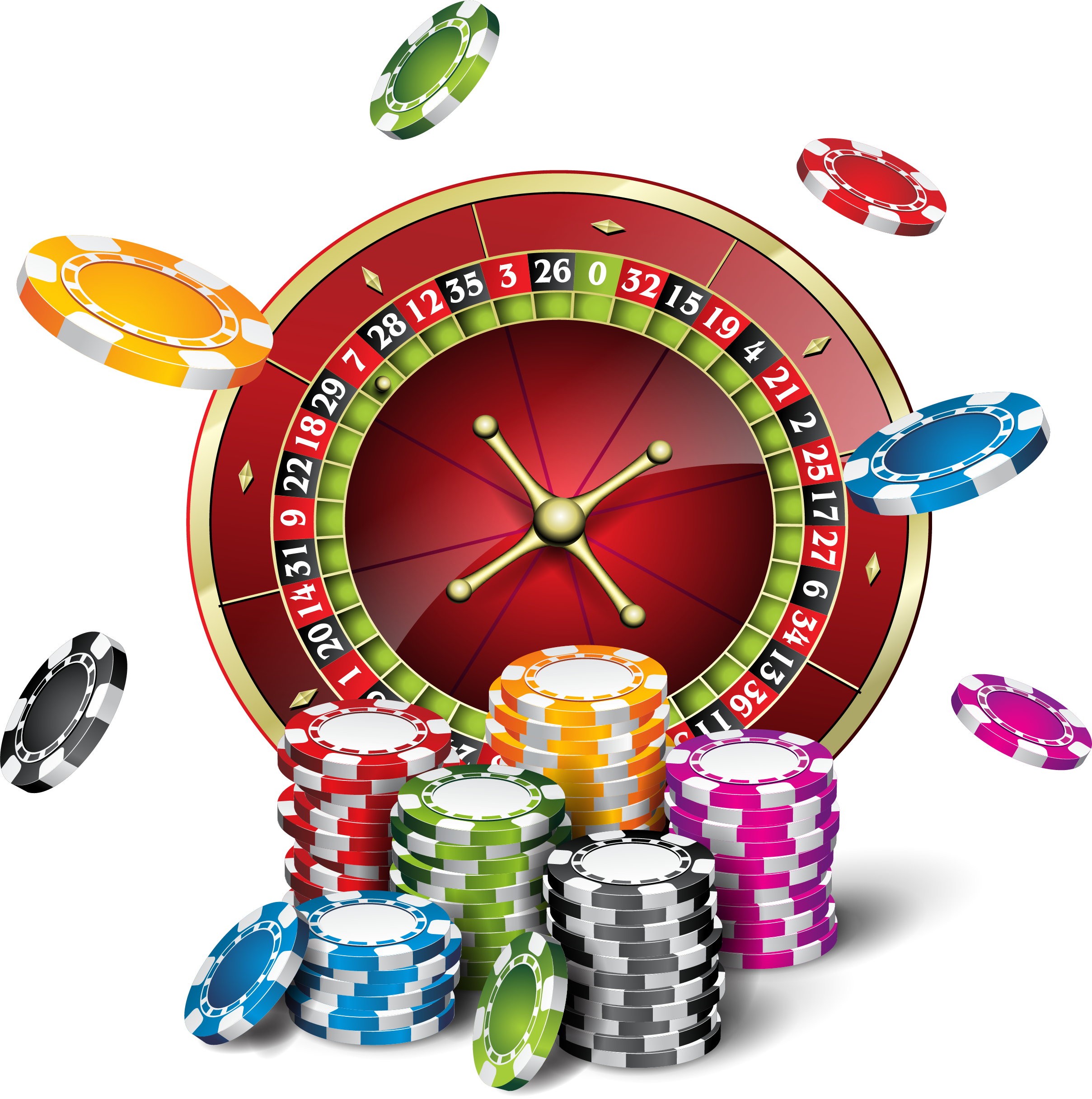When it comes to casino slots games, players often become drawn in by the flashing lights, engaging themes, and the thrill of the reel spins. But beneath the glitz and excitement lies an important concept that every gamer should be aware of: Return to Player percentage, or RTP. This vital metric is essential in deciding the return of your wagered money over time, affecting your gameplay and strategy as you play.
RTP is typically represented in percentage terms and indicates the average amount of money returned to players compared to the cumulative wagers. For instance, if a slot game has an RTP of 95 percent, it means that, on average terms, players get back 95 dollars for each $100 wagered. Understanding this concept can assist players in making educated decisions when deciding on slots to spin, ultimately boosting their enjoyment at the casino.
What is the definition of RTP?
Return to Player, also known as RTP, is a crucial factor within gambling slots. It represents the percentage of all wagered money which a specific slot is programmed to return to players through its operation. For example, if a specific slot has an RTP of 95%, this means that, hypothetically, players can expect to get back $95 for every $100 placed over time. Nhà cái 78WIN Grasping RTP helps players evaluate the likely profitability of the various slots available.

RTP is not a guarantee of specific victories but instead it is an average computed over many spins. Individual players’ experience can vary significantly because of the luck inherent in slot games. 78WIN.TV A greater RTP suggests better odds for the player, making it an essential factor to take into account when choosing the slots to play. Still, even with a high RTP, there can be periods in which players face losses, as randomness plays a significant role.
It is important to note that different slots have different RTP percentages. Some machines might feature a lower RTP as a result of a high level of enjoyment or unique features, while others hold a elevated percentage to attract more risk-averse players. Comprehending RTP enables players to make informed decisions about their play strategies and control their money wisely while relishing the adrenaline of slot machines.
How Return to Player is Being Determined
A Return to Player, or Return to Player, is a key metric in the world of gambling slots games. It represents the percentage of total bet funds that a gaming device is expected to return to gamblers in the long run. Comprehending the method by which this measurement is derived requires understanding into the dual aspects of the slot’s architecture and its payout system. This return value is determined through complex algorithms as well as statistical analyses executed during the game development phase. Game creators consider multiple factors, including the frequency of winning combinations as well as the size for returns for each combination.
In order to calculate RTP, developers model a significant number in terms of spins on the slot machine. Such modeling efforts help identify the average amount that typically, a gambler can expect to win according to their wagers. For example, if a machine has an RTP of 95 percent, this means that, theoretically, for every $100 bet, players should anticipate get ninety-five bucks back over time. This figure does not indicate how much a gambler might receive during a single session or over a couple of plays; rather, it reflects overall return projections.
RTP values are generally published by the casino and slot creator. Gamblers should always look for such data while selecting a casino slots, as it can significantly affect their overall enjoyment. A greater RTP typically means a higher probability of winning back a segment of wagered money, although specific sessions may differ greatly. Grasping RTP enables gamblers to choose wisely while enhance their overall enjoyment in the realm of slot games.
Importance of Return to Player in Gaming
Grasping the Return to Player or Return to Player is crucial for any player involved in casino slots games. RTP represents the proportion of total bets that a game is engineered to return to gamers over the long run. A greater RTP indicates that gamers can look forward to receiving a bigger share of their wagers back, making it an valuable factor for those seeking to maximize their gambling enjoyment. Understanding this figure aids gamers make informed decisions about which games to play, as it can profoundly influence their potential winnings.
Moreover, Return to Player has a key role in the overall fairness and transparency of casino slots. Players are often attracted to slots with greater return rates because they provide a better chance of success over the duration of gameplay. Gaming establishments and game developers use RTP as a selling point to lure players, ensuring they maintain a lead in the thriving gaming industry. By being aware of Return to Player, gamers can choose games that match with their comfort level and objectives.
Ultimately, the concept of RTP encourages safe gaming practices. Recognizing that not all games will provide short-term winnings and that RTP is determined by long-term play, gamers can manage their expectations and gambling behavior effectively. This knowledge enhances the enjoyment of slot games while fostering a more balanced gambling landscape. Gamers who grasp the importance of RTP are more prone to have a more satisfying time and reduce the chances of problematic gambling behavior.
